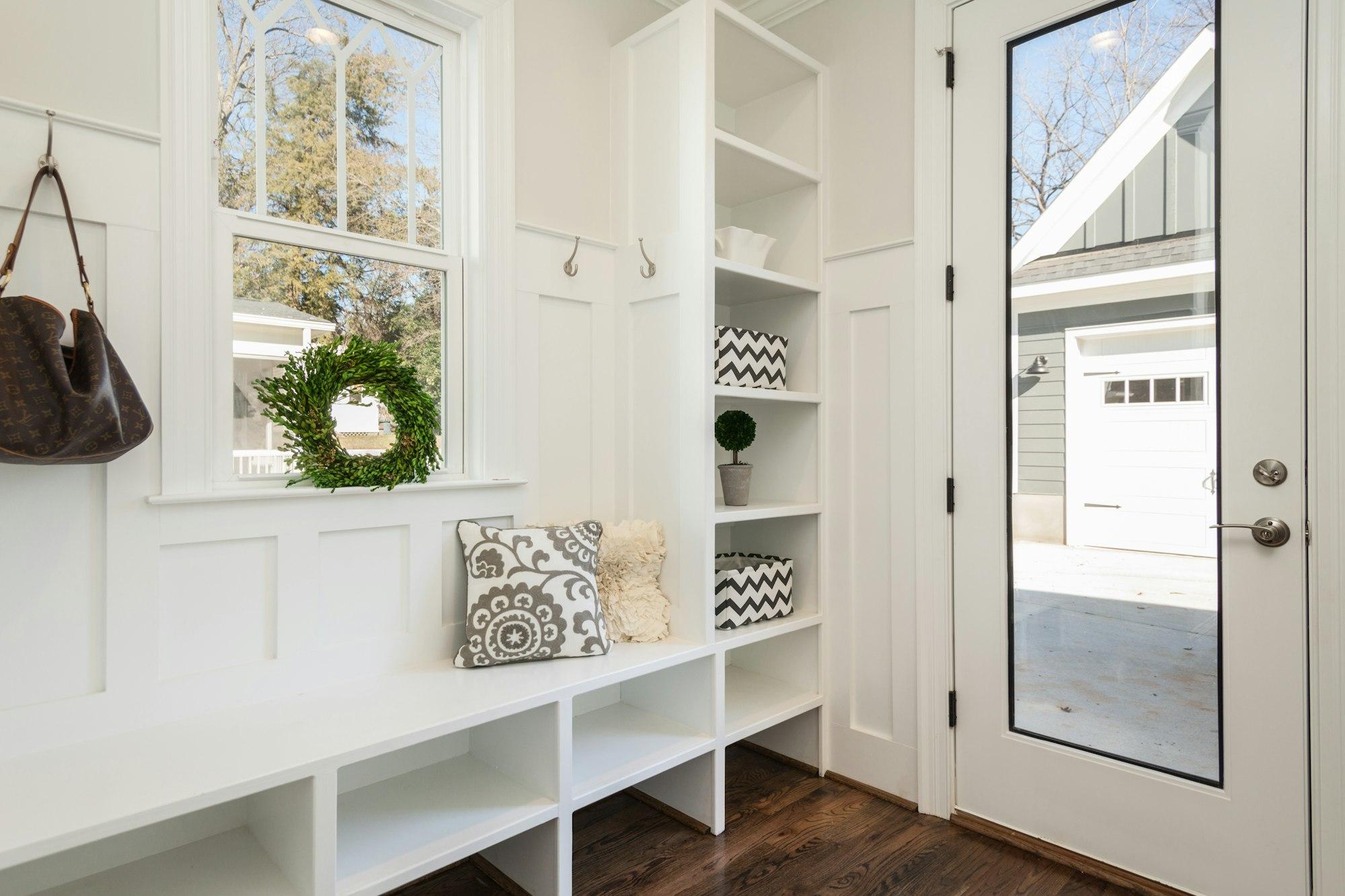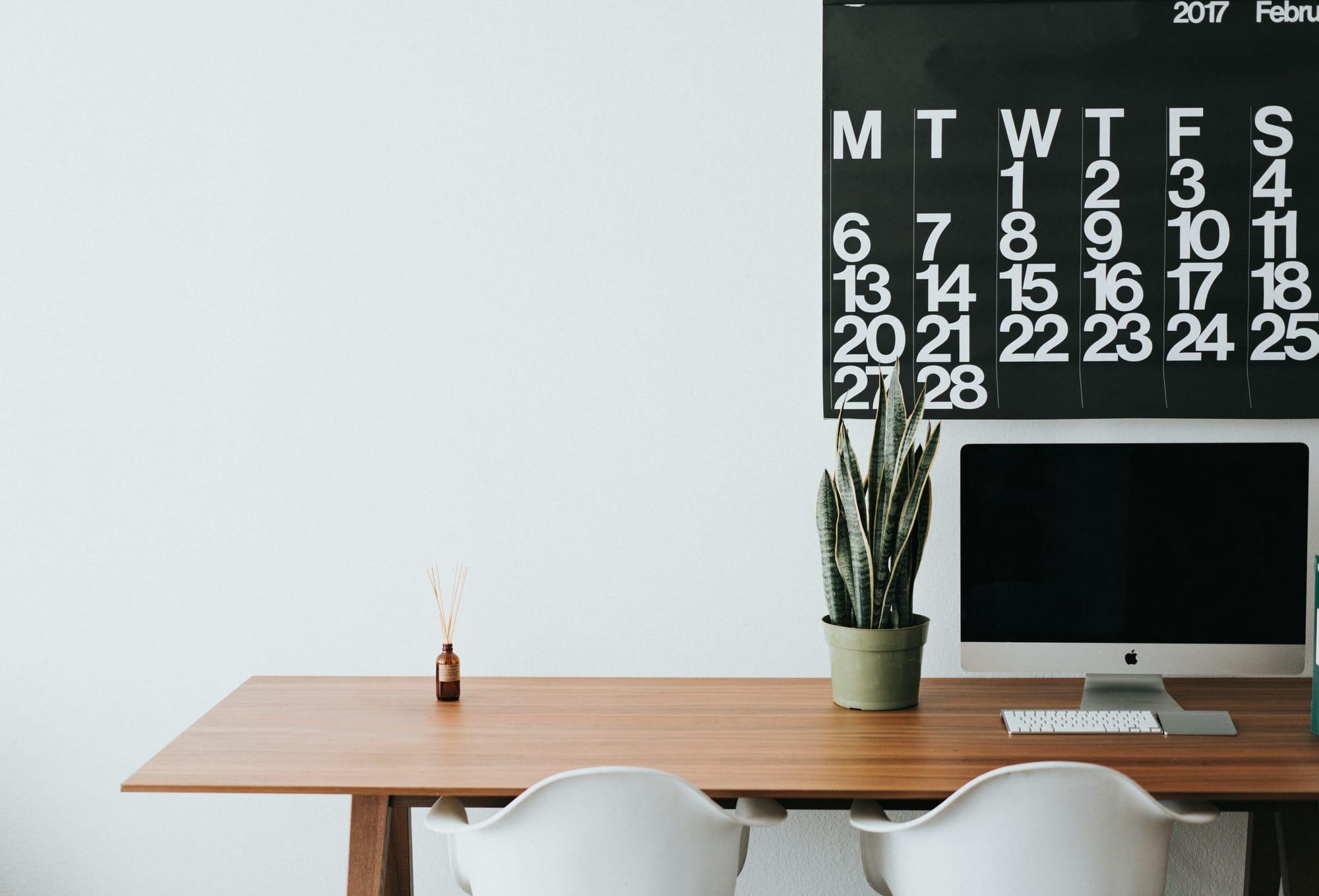What is a Mudroom?
Chaos meets its match: Mudrooms, the unsung heroes of home organization. Where dirt fears to tread and clutter surrenders, these transition zones keep the outside out and tidiness in!

Imagine a magical portal in your home where chaos turns to order, where muddy boots transform into neatly arranged footwear, and where the grime of the outside world dare not tread.
A mudroom is a transitional space between the great outdoors and your home's interior that serves as a first line of defense against dirt, clutter, and disorganization. It's like a airlock for your house, but instead of protecting against the vacuum of space, it guards against the vacuum of cleanliness that mud, wet clothes, and scattered belongings can create.
Understanding the Concept of a Mudroom
At its core, a mudroom is a dedicated area, typically near the most frequently used entrance of a home, designed to store outdoor gear and provide a space for transitioning from outside to inside. It's the place where you can shed your outer layers, kick off your dirty shoes, and transform from a weather-beaten adventurer into a civilized indoor dweller.
Historical Context
The concept of a mudroom has its roots in rural and farming communities, where it was essential to have a place to remove dirty work clothes and boots before entering the main living areas. As homes evolved, so did the mudroom, transitioning from a purely functional space to one that combines practicality with style.
In modern homes, mudrooms have become a sought-after feature, especially in regions with harsh winters or rainy climates. They've evolved from simple mud-scraping areas to well-designed spaces that can enhance a home's functionality and value.

Key Elements of a Mudroom
A well-designed mudroom typically includes:
- Storage Solutions: Cabinets, hooks, and shelves for coats, bags, and outdoor gear.
- Seating: A bench or chair for putting on and removing shoes.
- Shoe Storage: Racks or cubbies to keep footwear organized and off the floor.
- Flooring: Durable, easy-to-clean surfaces that can withstand water and dirt.
- Lighting: Adequate illumination for the space, often including task lighting.
The Functionality and Versatility of Mudrooms
Mudrooms are the Swiss Army knives of home organization. They can:
- Prevent dirt and moisture from being tracked into the main living areas
- Provide organized storage for seasonal items like coats, boots, and umbrellas
- Serve as a drop zone for keys, mail, and other daily essentials
- Act as a staging area for coming and going, reducing morning rush chaos
- Double as a pet area, with space for leashes, toys, and cleaning supplies
Integrating a Mudroom into Your Home
Mudrooms can be adapted to various home layouts:
- Entryway: Transform your foyer into a functional mudroom with strategic storage solutions.
- Garage Entry: Utilize the space between your garage and home interior for a transitional mudroom.
- Laundry Room Combo: Combine your mudroom with a laundry area for a multi-functional space.
- Back Porch Conversion: Enclose a back porch to create a dedicated mudroom.

Making the Most of Small Spaces
Don't have room for a full-fledged mudroom? No problem! Here are some space-saving ideas:
- Install a narrow console table with hooks above and baskets below.
- Use vertical space with a wall-mounted storage system.
- Opt for furniture that doubles as storage, like a bench with built-in cubbies.
- Create a "mudroom closet" by reorganizing an existing entryway closet.
Designing Your Mudroom
When planning your mudroom, consider these factors:
- Traffic Flow: Ensure the layout allows for easy movement in and out of the home.
- Family Needs: Tailor storage solutions to your household's specific requirements.
- Aesthetics: Choose finishes and designs that complement your home's overall style.
- Durability: Select materials that can withstand daily wear and tear.
- Versatility: Incorporate adjustable elements to accommodate changing needs over time.
Mudroom Maintenance and Organization
To keep your mudroom functioning at its best:
- Implement a "shoes off" policy to minimize dirt tracked in.
- Regularly clean and disinfect surfaces, especially during cold and flu season.
- Rotate seasonal items to keep the space clutter-free.
- Assign storage spaces to each family member to encourage organization.
- Consider adding air-purifying plants to freshen the space naturally.
Final Thoughts
A mudroom is more than just a place to kick off your boots—it's a hardworking space that can significantly improve your home's functionality and organization. Whether you're dealing with muddy paws, soggy umbrellas, or an avalanche of backpacks and sports gear, a well-designed mudroom can help keep the chaos contained and your home cleaner.
From its humble beginnings as a farmer's necessity to its current status as a desirable home feature, the mudroom has proven its worth time and time again. So why not give your home the organizational superhero it deserves? After all, in the battle against clutter and dirt, a mudroom is your home's first and best line of defense.
Check out mudroom organizers and storage solutions on Spoken and never overpay making your home beautiful.
Quick facts
What is a mudroom in the house?
A mudroom is a space near the entrance for storing outdoor gear like coats and boots, helping keep the rest of the house clean.
What is the difference between a mudroom and an entrance?
A mudroom contains gear and manages dirt, while an entrance is more formal and decorative.
What should be kept in a mudroom?
Mudrooms typically store coats, shoes, umbrellas, keys, and seasonal items. Include benches, hooks, and storage cubbies.
What is a mudroom called in the UK?
In the UK, a mudroom is often called a "boot room" or "utility room" and serves a similar function.

Mihai Crisan
Software Engineer at Spoken
Mihai is a dedicated software engineer at Spoken, where he combines his passion for technology with his professional expertise. As a tech geek, he is always on the lookout for innovative solutions to simplify and enhance people's lives through cutting-edge technology. Mihai’s curiosity drives him to explore and implement new ideas that make a real impact.
Read more

